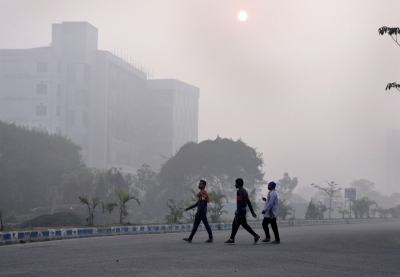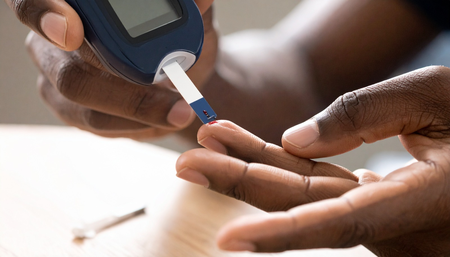
New Delhi, May 1 (IANS) Teenagers who are popular in school are less likely to get their recommended eight to 10 hours of sleep each night, revealed a study on Wednesday.
Researchers from Sweden and Australia found that with increasing school demands, activities, more independence from parents, and relationships with peers, popular children especially girls experience more insomnia symptoms.
It is because of “a later melatonin onset and increased alertness in the evening”, revealed the study published in the journal Frontiers in Sleep.
“Here we show that popular teenagers reported shorter sleep duration. In particular, popular girls — but not boys — reported more insomnia symptoms,” said Dr Serena Bauducco, a sleep researcher at Orebro University.
“Most interestingly, popularity also seems to negatively impact sleep both before and after the advent of smartphones,” she added.
To find out the link between popularity and sleeping habits, the team examined more than 1,300 Swedish teenagers, almost half of them female, aged 14 to 18.
They found that those defined as more popular slept less than their peers, the most popular ones up to 27 minutes.
Further, more popular girls experienced more insomnia symptoms, such as difficulties falling or staying asleep or waking up too early.
Popular boys did not experience these symptoms to the same extent.
While the gender differences are not yet fully understood, “girls express more care and concern with their friends and engage in helping behaviour more than boys. This might mean they carry these concerns when it’s time to fall asleep,” Bauducco explained.
“Teenagers are arguably the most sleep-deprived population throughout their lifespan,” said Bauducco.
“Previous studies show that 30 minutes of extra sleep can lead to improved mental health and better school performance.”
While emphasising the need for more research on gender differences, the team called for adding sleep and expectations of peers around bedtime in existing sleep interventions for adolescents.
–IANS
rvt/rad




